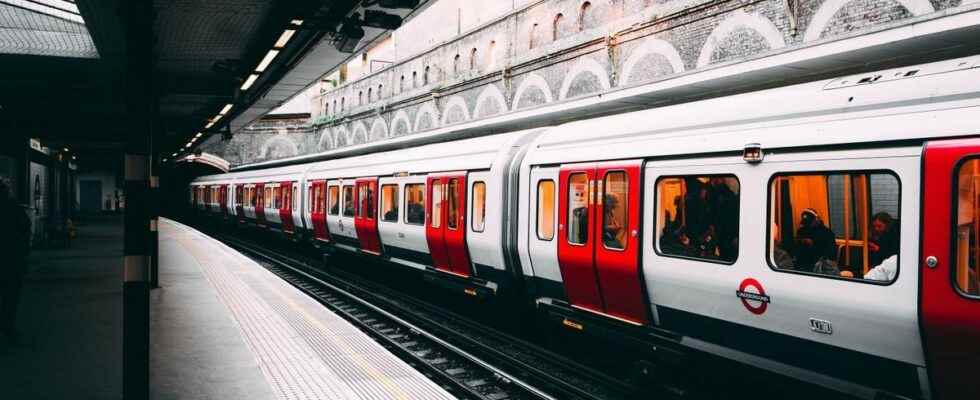Published on
Updated
Reading 2 mins.
Which are the most polluted underground lines in London? It will soon be possible to find out, thanks to an application developed by the Englishwoman Tanya Beri, who has just won the prize for young innovators 2022/2023.
Directing passengers to routes with minimal air pollution: this is the principle of the Cair London application, developed by the young Londoner Tanya Beri, aged 29 and winner of the competition Innovate UK. Its application proposes to provide real-time information to passengers on the metro in England’s capital so that they can find out about the routes where the lines are the least polluted.
If the creator of Cair London was inspired by Google Maps to design her application, she nevertheless put a very different criterion forward, since depending on the level of pollution of the stations, the routes can be much longer! But they help protect against pollution, sometimes by reducing the rate of exposure to fine particles from 220 particles per cubic meter to around 50 particles per cubic meter,” she says. to The Guardian newspaper. As a reminder, the safety limit set by the British health authorities for breathing healthy air is less than 25 small particles per cubic meter of air.
“The London Underground exposes you to fine particulate air pollution seven times higher than the safe limit recommended by the World Health Organization“, explains Tanya Beri on his company’s website. “The model trains we use were until very recently old and they are still not strong enough to withstand pollution“. The prize she has just received will allow her to benefit from a grant of 1.25 million pounds (about 1.4 million euros) intended to develop her application which should be launched in 2023.
Air pollution in the metro has become a real public health issue. And it’s not just about London’s transport networks. In June 2022, the National Health Security Agency (Anses) warned of pollution in the Paris metro. According to their estimates, the quality of the air in the metro networks of the French capital is on average three times more loaded with fine particles than on the surface and well above the thresholds set by the WHO.
